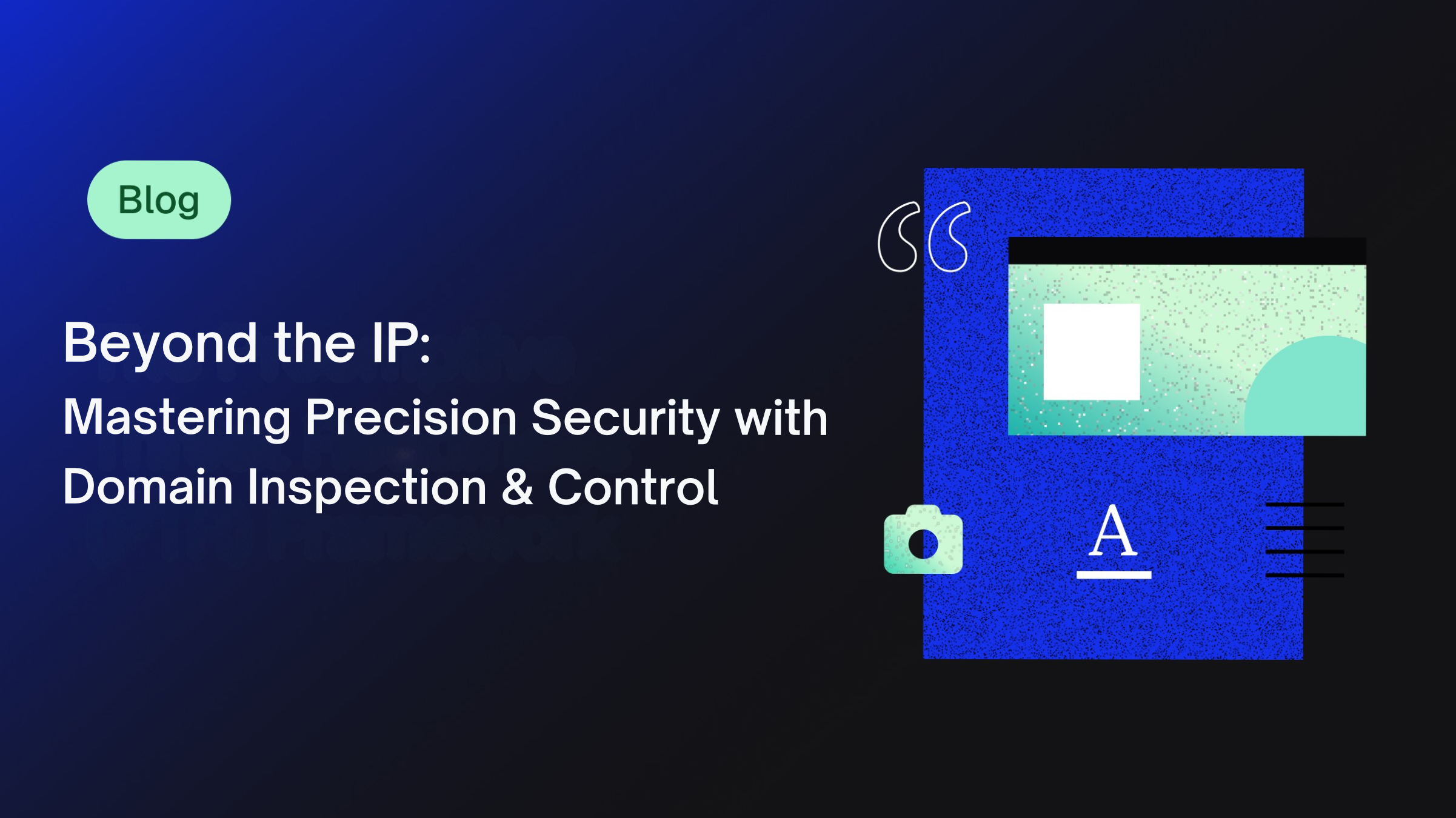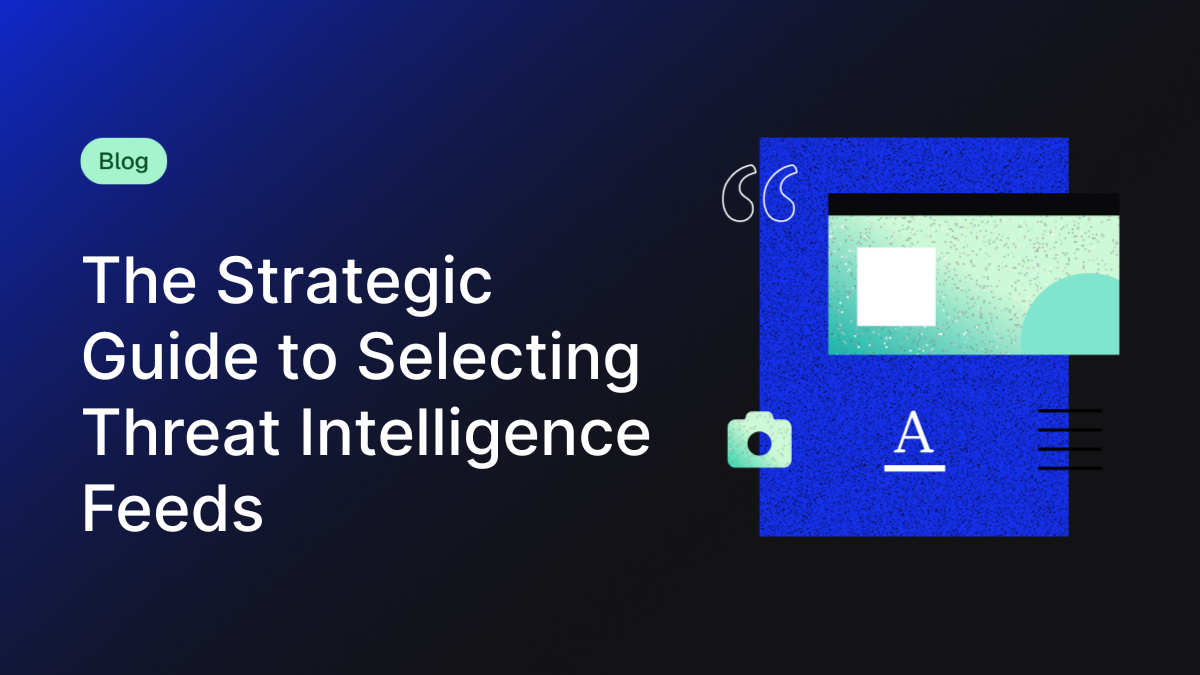Blog – August 26, 2025
Stop Drowning in Data: A Smarter Approach to Log Reduction
In today’s complex cybersecurity landscape, security teams are facing an overwhelming challenge. A constant flood of data from countless security tools creates a barrage of alerts, making it nearly impossible to separate real threats from simple noise. This constant “alert fatigue” not only leads to analyst burnout but also significantly increases the risk that a critical threat will be missed. The question is, how can you significantly reduce this noise and allow your team to focus on what truly matters?
The solution lies in a fundamental shift from a reactive to a preemptive security posture. Instead of just reacting to threats after they’ve reached your systems and generated logs, the goal is to proactively eliminate them before they can get a foothold. This approach dramatically reduces the amount of data your Security Information and Event Management (SIEM) and other tools need to process, which in turn leads to significant cost savings and a more effective security posture.
In today’s complex cybersecurity landscape, security teams are facing an overwhelming challenge. A constant flood of data from countless security tools creates a barrage of alerts, making it nearly impossible to separate real threats from simple noise. This constant “alert fatigue” not only leads to analyst burnout but also significantly increases the risk that a critical threat will be missed. The question is, how can you significantly reduce this noise and allow your team to focus on what truly matters?
The solution lies in a fundamental shift from a reactive to a preemptive security posture. Instead of just reacting to threats after they’ve reached your systems and generated logs, the goal is to proactively eliminate them before they can get a foothold. This approach dramatically reduces the amount of data your Security Information and Event Management (SIEM) and other tools need to process, which in turn leads to significant cost savings and a more effective security posture.
How a Preemptive Platform Reduces Log Volume
An intelligent, adaptive approach to traffic management can fundamentally change how your security operations work.
At its core, this approach uses micro-segmentation to create a tiered security model. This model works in three simple steps:
- It purposefully allows known and trusted traffic to pass.
- It denies known untrusted traffic.
- The remaining, unverified traffic is then allowed to pass through to your other security controls for deeper inspection.
By immediately blocking untrusted traffic, you drastically shrink the volume of data that reaches your SIEM and other security tools. This means fewer logs to store, manage, and analyze, which directly cuts down on noise. With less irrelevant data, your security team gets a clearer, more accurate view of the actual threat landscape. They can now focus their efforts on the small percentage of traffic that actually requires investigation.
The Tangible Benefits of a Smarter Security Posture
This shift in strategy delivers tangible benefits for both your team and your bottom line.
- Significant Cost Savings: Reducing data ingestion and storage can lead to lower operational expenses, including licensing fees that are often based on data volume or events per second.
- Improved Team Efficiency: Analysts are freed from chasing false positives, allowing them to focus on genuine threats. This leads to a reduction in Mean Time to Detect (MTTD) and Mean Time to Respond (MTTR), making your security team more effective.
- Maximum ROI from Existing Tools: By filtering out the noise, this approach makes your entire security stack work better. Your existing tools can focus on the most important threats and use the insights they gain to help protect your business.
Ready to reduce the noise, lower your costs, and empower your security team? A proactive security platform can help you take the first step toward a smarter, more efficient security posture.

